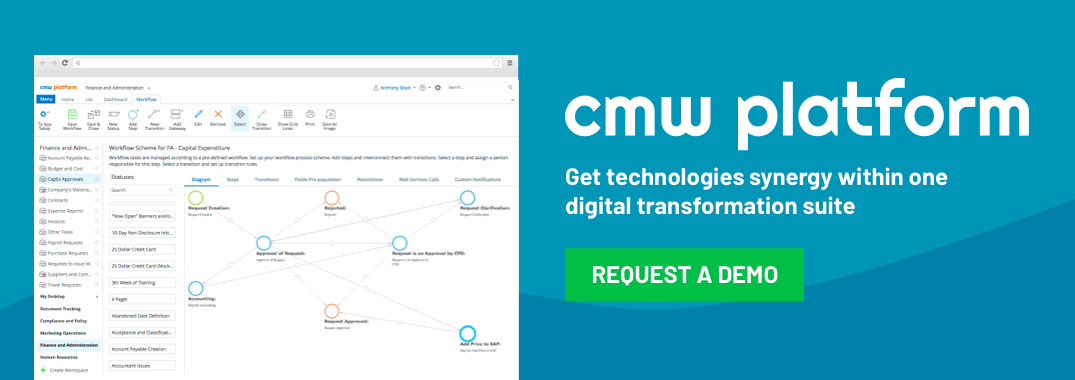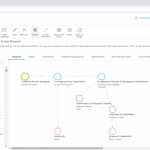BPM Software Tools: When Light Weighs More than Heavy
April 11, 2024
When your hard drive nears its capacity limit, computer processing slows down, or worse, functionality ceases to exist. An overloaded car, even when well-maintained, becomes a potential safety hazard, consumes more gas, brakes slower and have more chances of breaking down in the middle of nowhere.
The above examples have a common denominator: the need to unload stuff to become more functional, faster, safer and more efficient.

The reality of heavy BPM software tools
Traditional BPM tools are heavy – heavy in the sense that:- They require companies to own, operate and maintain IT applications, data and infrastructure, which, in the overall scheme of things, is a costly proposition. That being the case, small financially-challenged businesses are forced to rely on clunky applications like spreadsheets and word processors for their databases, forms and reporting requirements.
- They take too much time and effort to implement. Staff have to be trained, which takes anywhere from a few hours to several grueling months depending on the complexity of the business process management tool. Naturally, while training is ongoing, tasks are put on the back burner, deadlines are deferred, and schedules revolve around whether or not the requisite people-technology harmony has already been achieved, oftentimes resulting in lost business opportunities.
- When workflows and processes are formalized and deployed, on-the-fly changes are difficult to implement as coding adjustments have to be done first and foremost, thus the term “cemented” processes. This entails more costs that may come in the form of (1) hiring skilled IT personnel, (2) making hefty upfront payments for the software vendor to tweak the code, or (3) forcing the software to work despite the apparent process-technology incompatibility.
- Separate software systems are utilized for separate business functions – a standalone application for HR, another for Finance, and yet another for Helpdesk, and so on. This means that for team-based operations, manual work consolidation (which equates to less personnel available to do more important tasks, human error, and possible overtime costs, among others) has to be taken into account, too.
The move toward lighter business process tools

Like the hard disk drive screaming for more wiggle room to properly function, and the overloaded car that’s essentially an accident waiting to happen, most BPM software implementations are better off light than heavy. Breakthroughs in technology such as cloud computing have paved the way to lighter BPM software tools – lighter in the sense that they are more cost-effective and do not require a band of IT professionals to keep owner-operated servers in pristine working condition.
Nowadays, software deployment is no longer perceived as a drag on a company’s financial, manpower and time resources, but as a necessary implement to achieve business goals quicker, more seamlessly and efficiently. Enterprises have the option to deploy their systems in the cloud, on premise, or both, depending on what they can afford and what best fits their process improvement initiatives.
And with the growing ubiquity of mobile computing, the rise of the mobile employee who is expected to perform standard business duties despite being away from the office, the fast pace at which changes occur and decisions have to be made, light business process management tools like Comindware Tracker that staff and management can bring on the go have more and more become the go-to business process tools of the modern marketplace. Add to that an all-in-one capability that can address several business roles in a single solution, and what you have is a software system that you can literally keep in your pocket, ready to assist when and where you need it.


